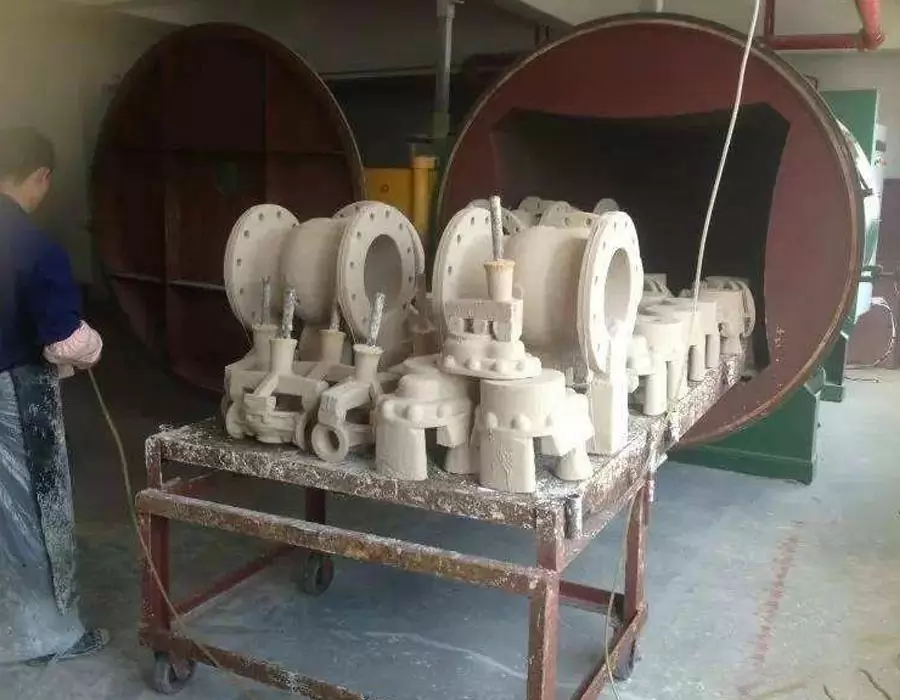
Vacuum Molding
The difference in the atmospheric pressure gradient maintained inside a mold and around molten metal permits vacuum assisted mold filling, allowing manufacturers greater control over this step (especially with respect to the speed of mold filling) than gravity molding permits.
>>>All uploaded drawings are strictly confidential, check the confidentiality agreement
What Is Vacuum Molding – Vacuum Molding Define
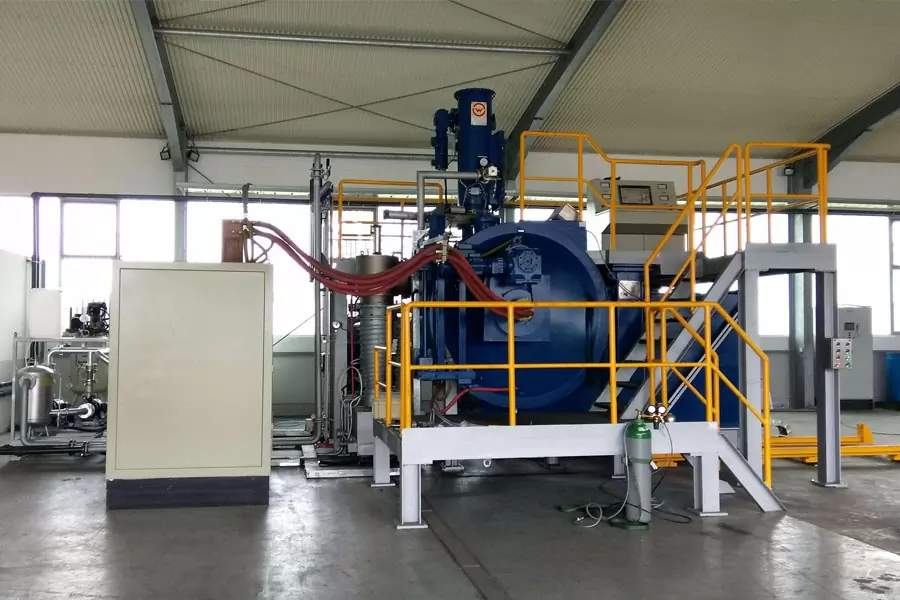
Vacuum Molding is a casting process in which metal is smelted, poured and crystallized in a vacuum chamber. Vacuum Molding can minimize the gas content in the metal and prevent metal oxidation. This method can produce very demanding special alloy steel castings and extremely easily oxidized titanium alloy castings. Vacuum casting is expensive, and is generally used to smelt alloys and high-quality castings with high vapor pressure and easy volatilization loss. The mold should not contain volatiles.
Manufacturers have developed a wide variety of different types of vacuum Molding technologies for use with plastic and metal raw materials. (Some authorities refer to the use of a vacuum to fill a mold as “vacuum assisted” molding.) The difference in the atmospheric pressure gradient maintained inside a mold and around molten metal permits vacuum assisted mold filling, allowing manufacturers greater control over this step (especially with respect to the speed of mold filling) than gravity casting permits. Vacuums also play an important role in maintaining the shape of the mold itself in some commercial molding processes.Vacuum molding is generally divided into two forms:
- Vacuum Suction Casting Molding
- Vacuum die casting Molding.
Vacuum Molding Services – Vacuum Molding Parts & Vacuum Molding Company
If you want to find a cost-effective and rapid vacuum molding solution for your manufacturing needs, Be-cu can be a good choice for you. Based on extensive experiences and professional expertise, our vacuum molding fabrication services are available for both prototypes and low to high volume production runs. Working with Be-cu, the most advanced fabrication machinery allows us to fabricate end-use vacuum molding parts and products in high efficiency while maintaining premium quality, which saves money and time for our clients significantly. A wide range of materials and surface finishes enable us to make the best option for your project, the raw materials including but not limited to stainless steel, aluminum, brass, copper, steel, plastic, etc. Polishing, painting, sandblasting, plating, anodizing, powder coating and more finishing services bring better surface quality for your parts. Our custom vacuum molding fabrication service provides durable and affordable vacuum molding components that meet your specifications for automotive, medical, aerospace, electronics, food, construction, security, marine, and more industries. Fast to send your inquiry or submit your drawings to get a free quote in the shortest time
Different Types Production Scenario Of Vacuum Molding
Be-cu always adheres to the customer’s requirements and the company’s service standards. In any link of mold design, mold assembly, mold debugging, mold trial production, molding process, etc., there are dedicated engineers to keep you on the phone;
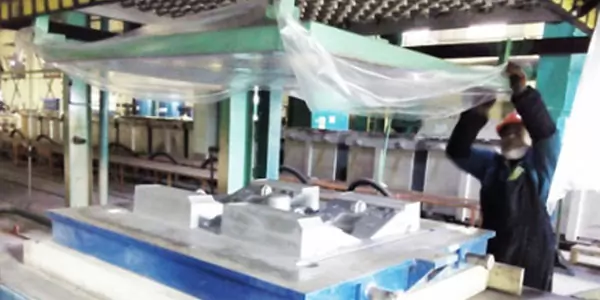
1.Model

2.Film-Heating

3.Film Forming
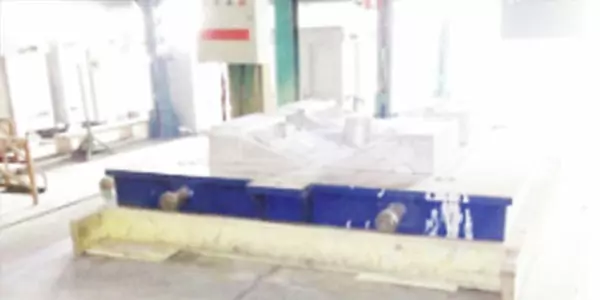
4.Put the Sand Box
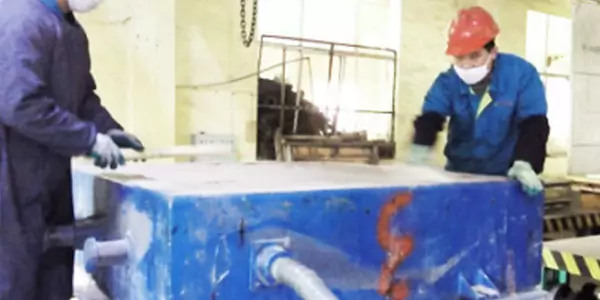
5.Drawing
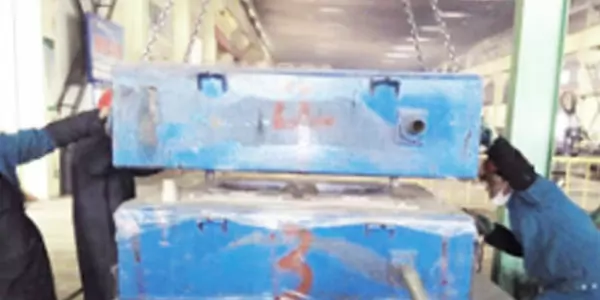
6.Shaking Off The Box
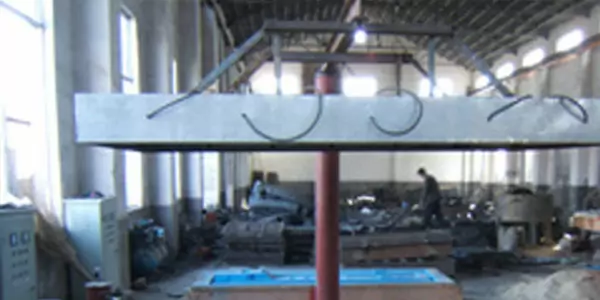
7.Boiler
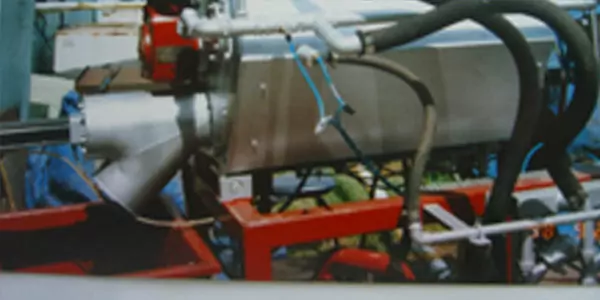
8.Foaming Machine

9.Intelligent Continuous Molding

10.Vacuum Molding Machine
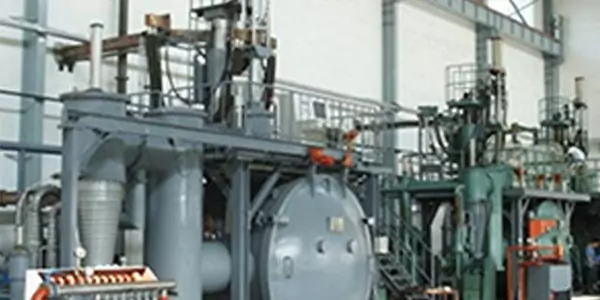
11.Vacuum Molding Machine

12.Vacuum System
The Process Of Vacuum Molding
- Model: Put the pattern on a hollow mold plate. There are a lot of vent holes on the pattern. When the vacuum is applied, these holes help to make the plastic film tightly adhere to the pattern.
- Film heating: The plastic film with high stretch rate and high plastic deformation rate is heated and softened by a heater. The heating temperature is generally between 80 and 120°C.
- Film forming: Cover the softened film on the surface of the model, through the air hole, under the vacuum suction force of 200 ~ 400mmHg, make the film close to the surface of the model.
- Put the sand box: After spraying the paint and drying (the process does not need to be), put the special sand box on the model covered with the film.
- Sanding and tapping: Add dry sand with a good filling efficiency and a particle size of 100-200 mesh into the sand box, and then perform micro-vibration to make the sand compact to a higher density.
- Cover mold: Open the sprue cup, smooth the surface of the sand layer, and cover with plastic film to close the sand box.
- Mold ejection: the flask is evacuated and the mold is hardened under the action of atmospheric pressure with the help of the film covering the surface of the flask. When the mold is ejected, the vacuum of the negative pressure box is released to release the adsorption force of the template to the film, and then the top box is ejected to complete a mold.
- Closed box pouring: Before closing the box, the core and cold iron can be lowered according to the process requirements, and the upper and lower boxes can be combined to form a casting mold with a pouring riser and a cavity, which is poured in a vacuum state.
- Out of the box and falling sand: After a suitable cooling time, the vacuum is cancelled and the normal pressure is restored, so that the free flowing sand flows out, and a clean casting without sand lump and mechanical sand is saved. The sand can be used again after cooling.
